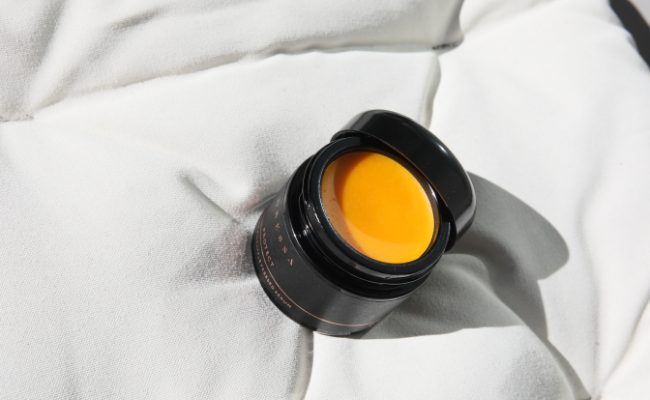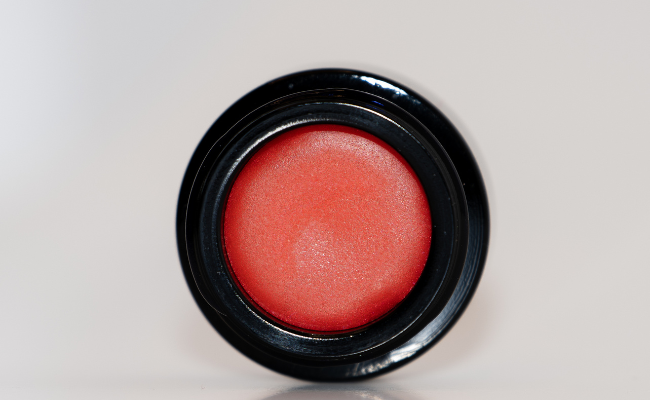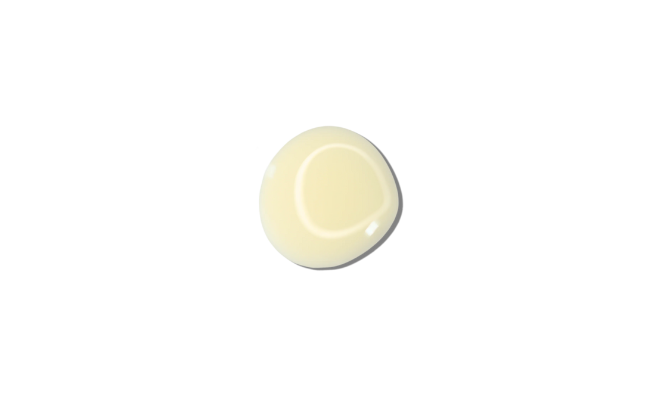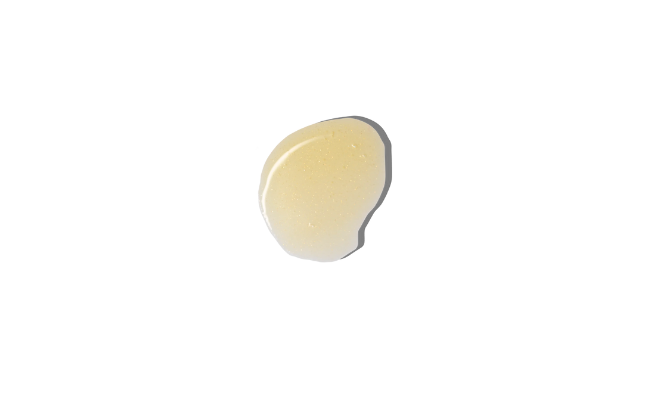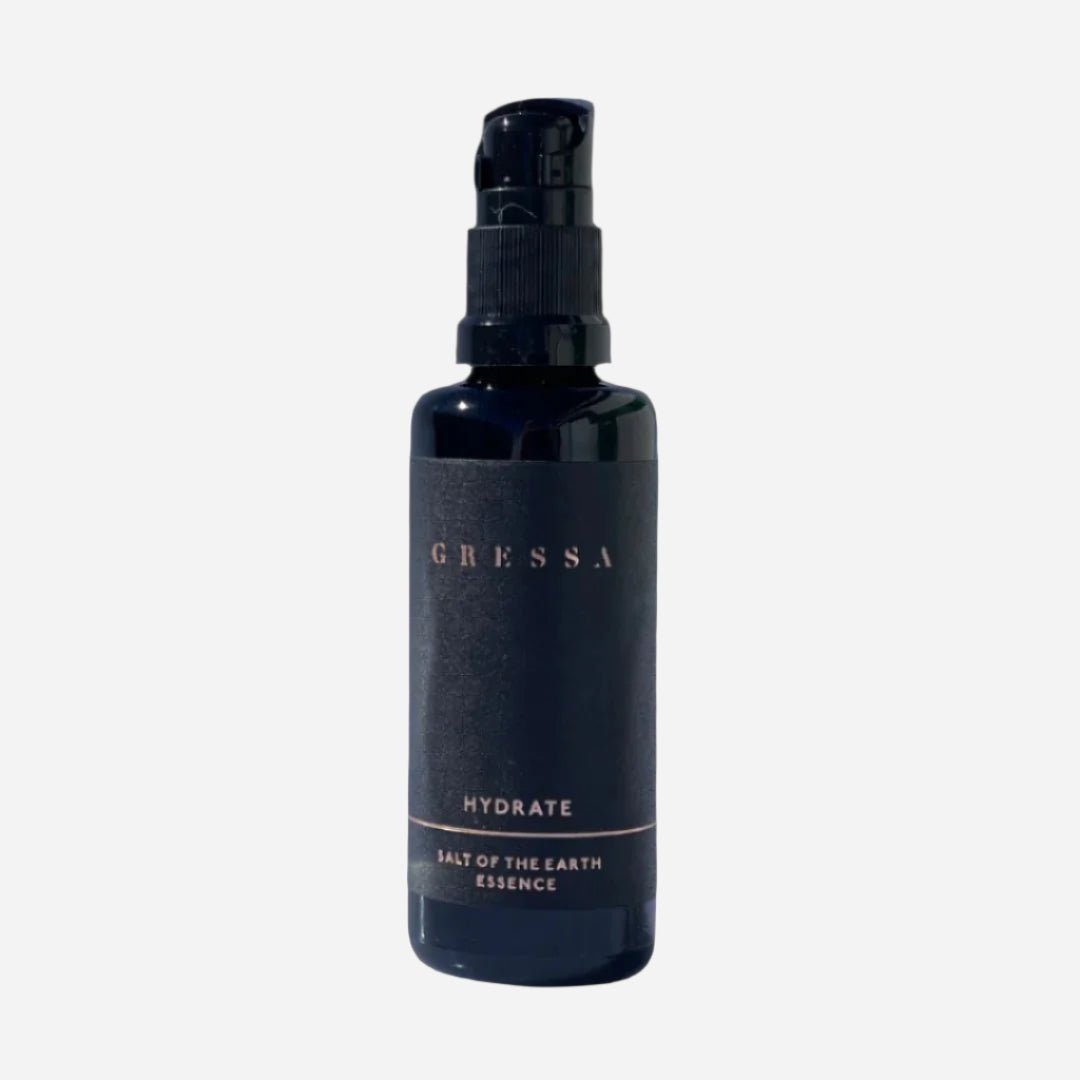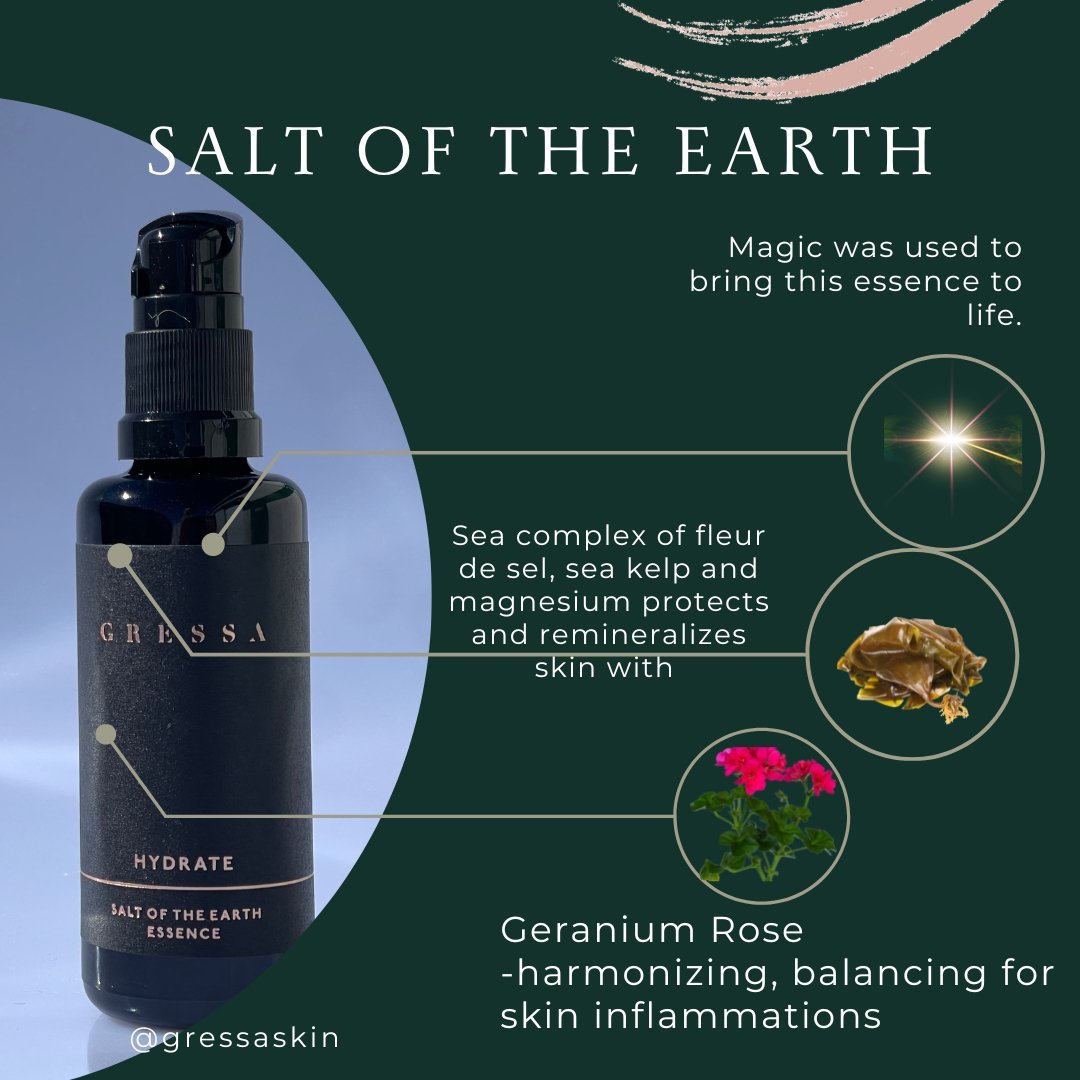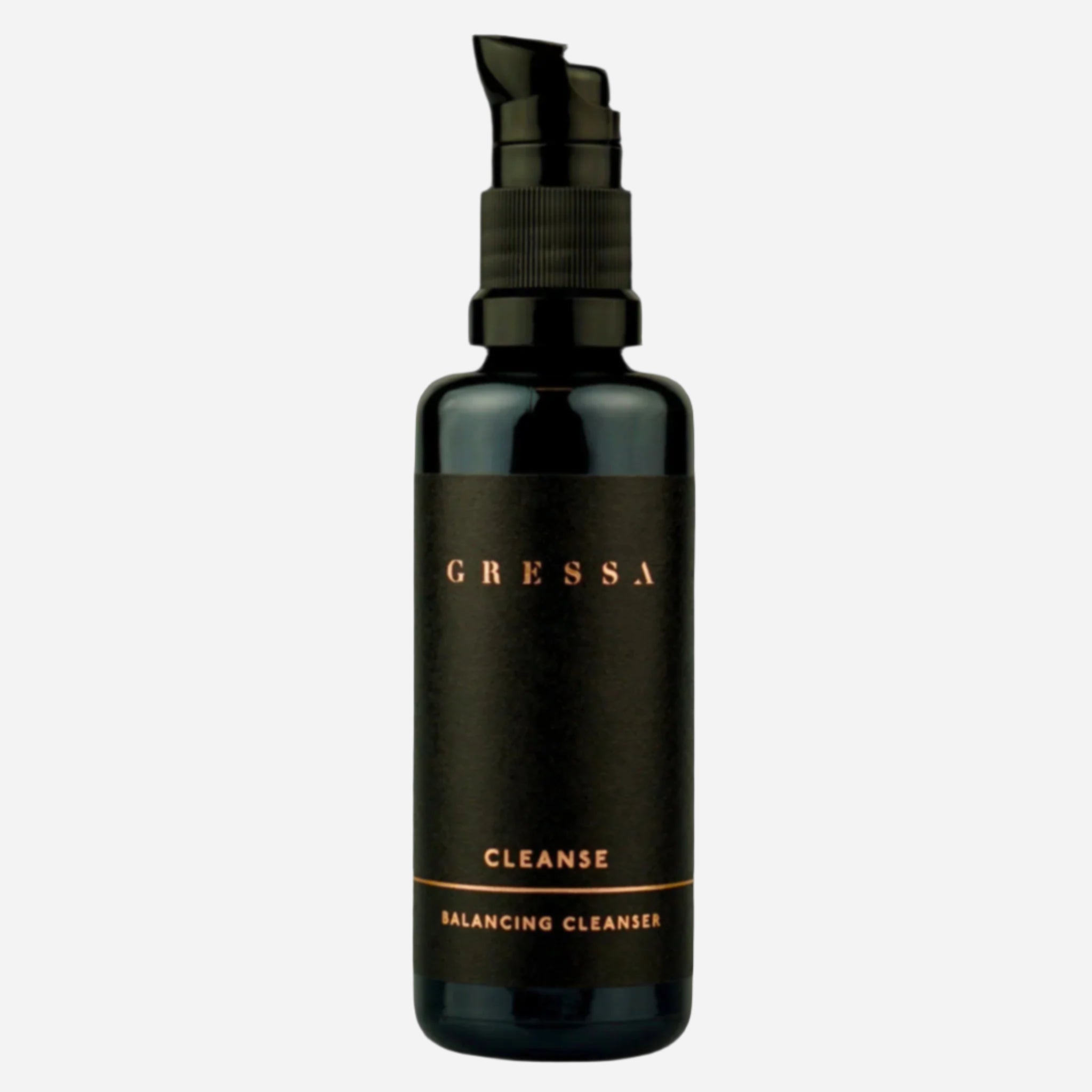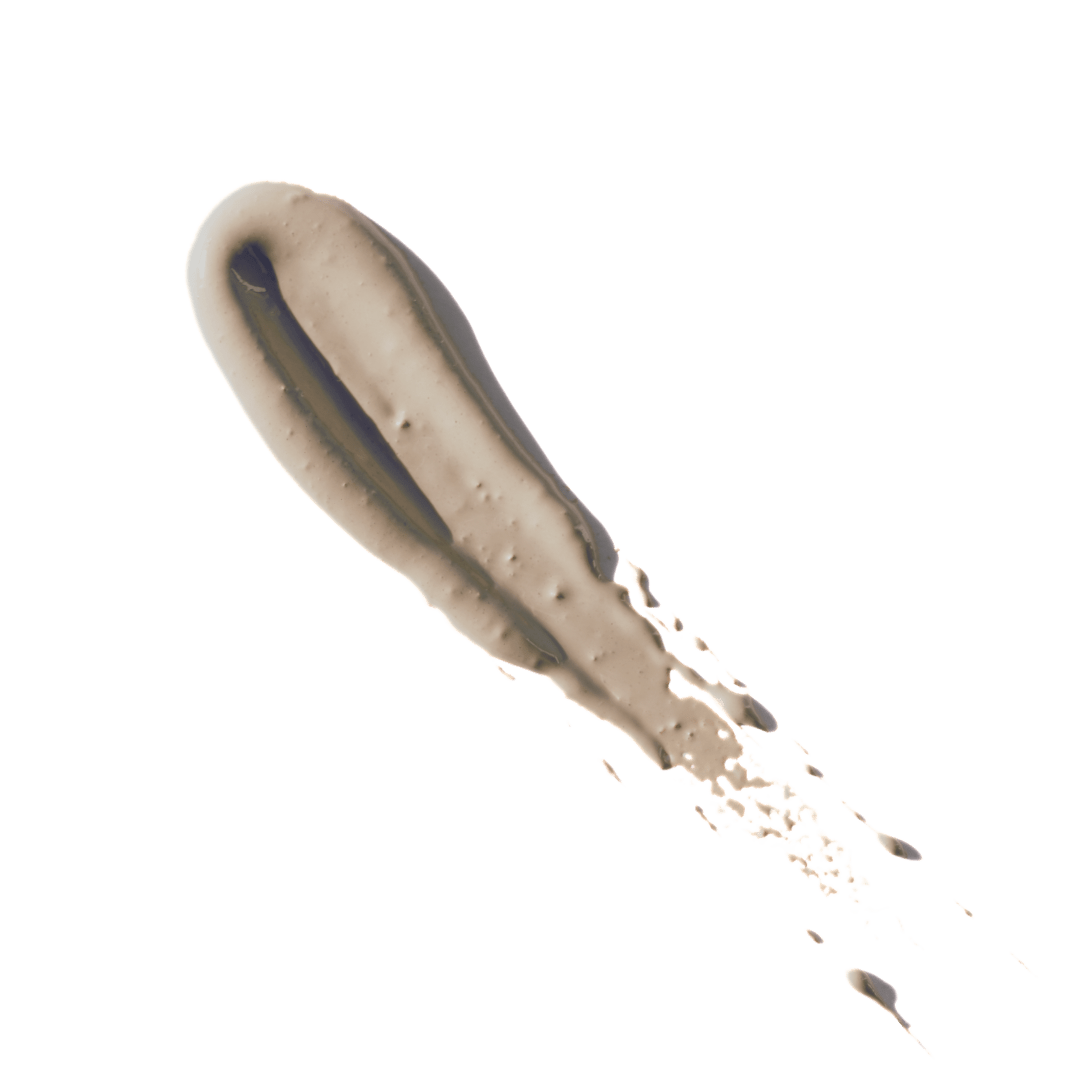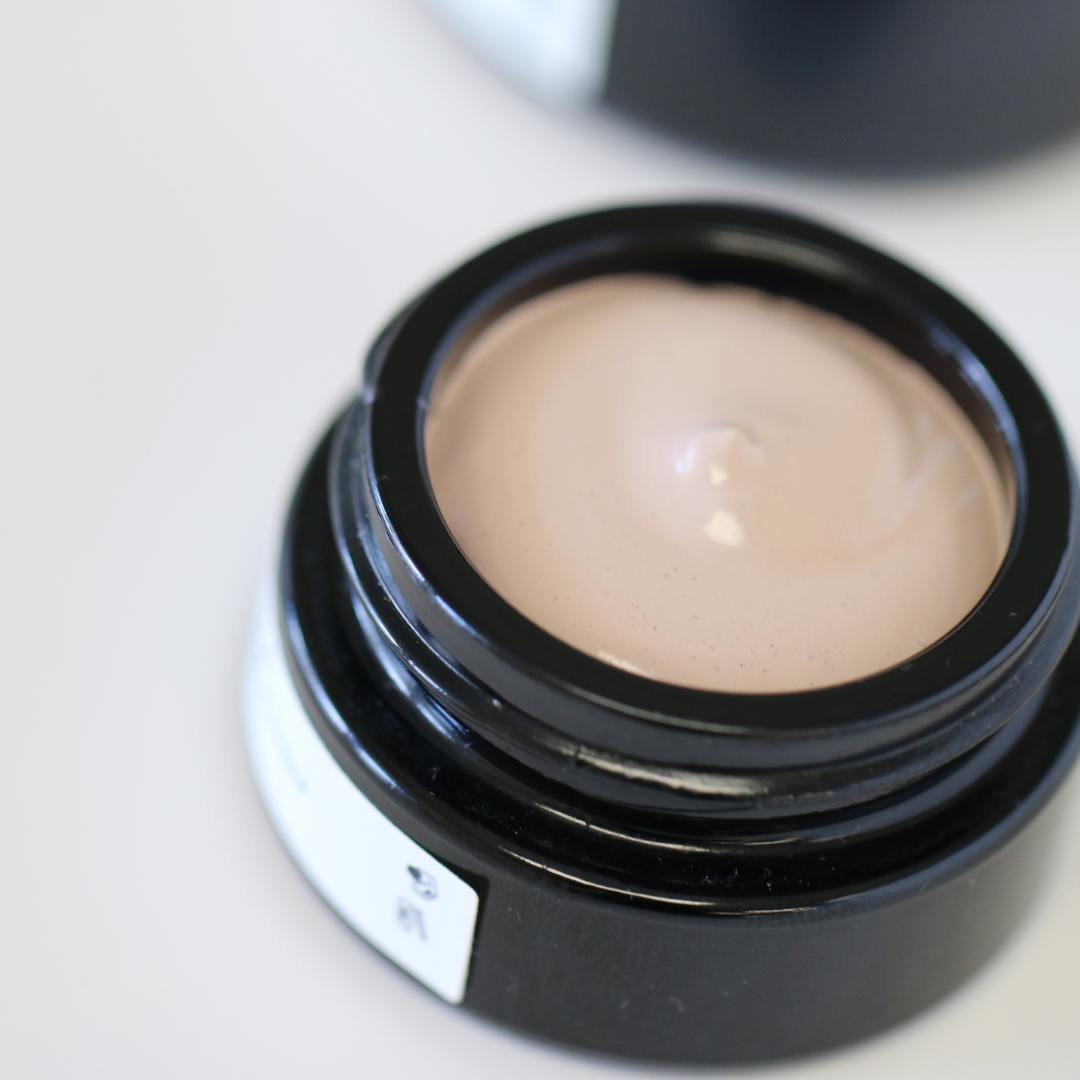Histoire du sel comme découverte médicinale
La thérapie par le sel trouve ses origines dans les mines et grottes de sel d'Europe de l'Est. La thérapie moderne par le sel sec trouve son origine dans les mines et grottes de sel d'Europe et de Russie. Lors de l'extraction du sel (par burinage, broyage et martelage), des particules de sel microscopiques étaient dispersées dans l'air. De plus, les conditions souterraines étaient idéales : la pression et la circulation de l'air, l'humidité et la température influençaient la qualité de l'environnement. Dans cet environnement, les mineurs bénéficiaient de nombreux bienfaits naturels en respirant les particules de sel. Étant donné que les métiers miniers étaient généralement considérés comme dangereux pour la vie et la santé, les mineurs de sel semblaient prospérer en bonne santé. Ils souffraient rarement de problèmes respiratoires et paraissaient plus jeunes grâce à une peau éclatante.
Après avoir étudié les effets de ce phénomène, le Dr Feliks Boczkowski, qui était non seulement un grand médecin mais aussi un homme d'affaires très intelligent, a fondé et ouvert le premier établissement de cure thermale à la mine de sel de Wieliczka en Pologne en 1839. Il proposait des bains de sel en utilisant de la saumure naturelle provenant du sous-sol et mentionnait dans son livre que rester sous terre pouvait être encore plus efficace dans le traitement de l'asthme que les inhalations.
En 1949, le médecin allemand Dr K. H. Spannahel, qui avait observé pendant la Seconde Guerre mondiale que les personnes se cachant dans les mines de sel et les grottes pour se protéger des bombes bénéficiaient de bienfaits pour la santé respiratoire, proposa la création de la grotte de Klyutert comme service d'hospitalisation afin de mener une approche systématique d'observation des conditions climatiques et de confirmer l'efficacité médicale des environnements souterrains. Les résultats de ces études, associés au travail d'équipe du Dr H. Kessler, géologue hongrois, posèrent les bases de la spéléothérapie moderne, une modalité exploitant les bienfaits environnementaux du sous-sol.
En 1958, le professeur Mieczyslaw Skulimowski est devenu le médecin officiel de la mine de sel de « Wieliczka » et a commencé le traitement régulier des patients dans les chambres de sel, inaugurant un nouveau domaine de la médecine – la thérapie souterraine, également appelée méthode Skulimowski, qui se réfère exclusivement aux environnements souterrains « salés ».
Peu après, en 1964, le premier établissement de ce type au monde, le spa souterrain de traitement des allergies « Kinga », fut créé dans la mine de sel de « Wieliczka » en Pologne, puis rebaptisé hôpital thermal « Kinga ». Le professeur Skulimowski en devint le premier directeur. Il se consacra à l'aide aux personnes souffrant principalement de maladies respiratoires et explora d'autres bienfaits pour la santé. Ses méthodes s'avérèrent efficaces et se répandirent dans les mines de sel et grottes voisines d'Europe, ainsi que dans les anciens États de l'Union soviétique. En 1968, le premier hôpital spéléologique ouvrit ses portes dans la mine de sel de Solotvyno, en Ukraine.
Sous l'attention de la communauté médicale, un accès plus facile est devenu indispensable pour mener des études et des recherches spécifiques. En 1985, à Odessa, en Russie, l'Institut de balnéologie, en collaboration avec les spéléologues d'Uzhgorod, a développé le premier appareil d'halothérapie. Cet appareil reproduisait le broyage et l'écrasement du sel pour disperser les particules dans l'air. On peut dire que l'halothérapie est née dans le milieu médical de l'ex-Union soviétique. Après la chute de l'Union soviétique en 1991, la connaissance de l'halotechnologie et les protocoles d'halothérapie établis sont devenus accessibles au reste du monde. L'halothérapie a rapidement conquis des milieux commerciaux et de bien-être hors de l'URSS, en Europe de l'Est et de l'Ouest, au Canada, en Australie et enfin aux États-Unis.
**Texte présenté sur Salt Therapy Association.





